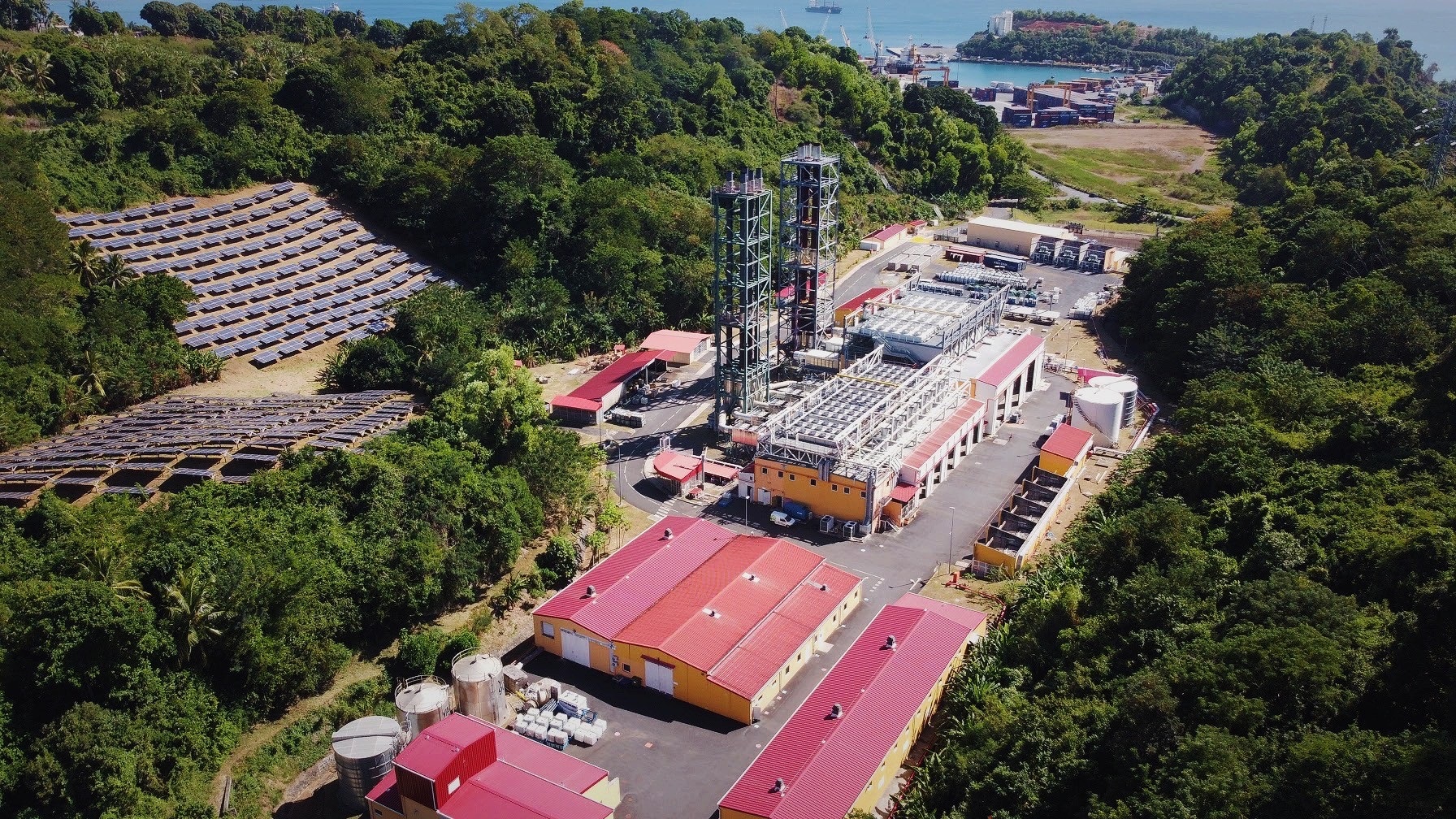Based on the European projects GIFT and MAESHA
Geographical islands are particularly relevant in the study of energy management, as they are one of the very few areas where the electricity system almost fully operates as a closed-loop system. Owing to few or no interactions with external grids that would facilitate network operation and improve stability, as well as the appealing opportunity to test technologies (such as storage or power-to-hydrogen) on a small scale before a larger deployment, these islands can be seen as smart grid laboratories. Moreover, the challenges expected to arise on the electricity network within a few decades, such as electricity congestion and a large share of renewables, are already experienced in these islands.
In fact, the traditional dependency of these islands on the mainland through submarine cables and/or on fossil fuels push them towards the development of renewables, most such sources (solar, wind, hydro, and marine) being widely available due to their geographical location. Furthermore, electric vehicles (EVs) are particularly relevant to geographical islands due to short distances and because marine transportation can be electrified; these two solutions can be considered as flexibility resources, as further explained below.
Flexibility in geographical islands: European projects GIFT and MAESHA as examples
In the context of the Horizon 2020 research and innovation programme, the European Commission (EC) launched in November 2018 a work programme on ‘Decarbonising energy systems of geographical islands’ to tackle the main challenge faced by islands – the dependency on hydrocarbon-based energies. As part of this programme, the EC has selected eight projects; Trialog is involved in two of them – GIFT (Geographical Islands FlexibiliTy) and MAESHA (deMonstration of smArt and flExible solutions for a decarboniSed energy future in Mayotte and other European islAnds). These projects aim to decarbonise the energy mix through the deployment and use of flexibility assets.
According to the BRIDGE Data Management working group (1), ‘Flexibility is the modification (increase or decrease) of the electrical load profile through load shedding or ramping up on site of generation and/or consumption in a vertical manner from the global market level to the field device individual level, implemented using automatic control of systems, while minimizing the impact on occupants and operations. The modification of generation injection and/or consumption patterns usually rests on external signals, such as price or activation signals, to provide a certain service within the energy system.’
In the GIFT and MAESHA projects, two generic business use cases are considered:
- The stabilisation of the electricity grid to ensure good-quality electricity supply to the local population. Renewable energy sources can weaken the electricity grid as they do not provide any inertia and as their generation is subject to variations:
- Through the establishment of balancing services for frequency control to maintain the equilibrium between consumption and generation while minimising the frequency deviations from nominal values (i.e., 50 Hz)

-
- Through the establishment of voltage control services to keep voltages within specific safety bands and restore their values to the normal range after grid disturbances
- Through the establishment of a flexibility market for load shedding or load shifting to avoid congestion
- The maximisation of the use of renewable energy sources to enhance the autonomy of the islands with regard to the mainland (if interconnected) and fossil fuel-based energies:
- Through the development of a local energy community to foster self-consumption
- Through the development of synergies with other energy vectors (such as transport, cooling, and heating)

Several flexibility providers can participate in a flexibility market: residential and industrial consumers, charging stations, e-ferries, renewable generation units, and different types of experimental storage solutions (such as HBr flow battery and power-to-hydrogen system). In both GIFT and MAESHA, the implemented flexibility markets rely on a central, digital flexibility platform whose purpose is to aggregate flexibility assets and energy management solutions that will be disseminated throughout the territory. This platform ensures the concerted operation and control of the mechanisms that will extract all the attainable flexibility from an island. Furthermore, through this platform, the relevant system operator can directly procure and remotely activate the required flexibility.
The Role of Trialog
In GIFT and MAESHA, Trialog is responsible for the definition of the use cases and the architecture of the solution – two preliminary activities that provide the general orientation of the project – as well as the definition of the means to ensure interoperability between the components and the external environment of the solution.
To select the use cases to be implemented in a project, Trialog relies on its extensive knowledge of existing market models, role models, and generic use cases, defined by the relevant organisations (such as ENTSO-E, USEF, ebIX, and BRIDGE); Trialog assesses their relevance by organising several workshops with local stakeholders to understand their specific needs. Once selected, Trialog describes the use cases with the IEC 62559-2 template, designed for the definition of smart grid use cases. Following this, to define the architecture of the solution, Trialog maps the use cases to the Smart Grid Architecture Model (SGAM) framework, a reference architecture developed by CEN, CENELEC, and ETSI. The SGAM framework facilitates the representation of entities and their relationships within a smart grid system, taking interoperability aspects into consideration.
Owing to its extensive knowledge of interoperability and standards, Trialog often plays the role of a neutral third party in European projects. This role enables Trialog to be in a good position for the study of interoperability within the project. This includes the study and selection of relevant standards, along with a gap analysis (as done in MAESHA), and interoperability testing, which involves the compliance testing of the developed solutions with regard to these standards (as done in GIFT).
Moreover, Trialog’s expertise on EVs was used to develop an EV-charging energy management system, the T-EMS, which is used to evaluate EV-based flexibility and provide flexibility offers to an open market. For more information on this solution, please refer to this article.
If you have any questions about Trialog’s expertise, please contact us at contact@trialog.com
If you want to know more about the European projects mentioned in the article, please visit the following websites:
Sources
- BRIDGE. Report on “Characterization of flexibility services“, 2018
- Icons by https://www.flaticon.com/authors/smashicons
- Picture by Electricité De Mayotte



